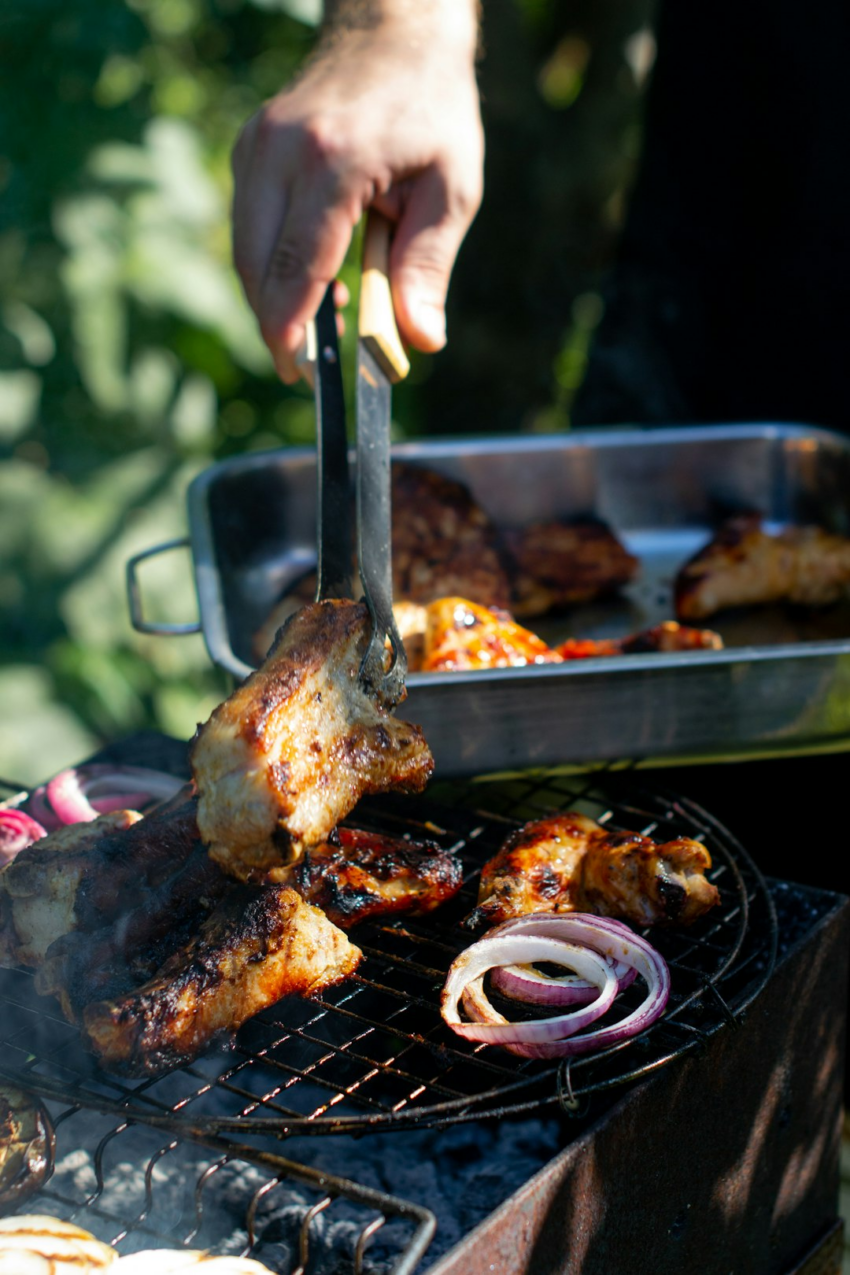Choose a whole packer brisket (10-14 lbs), season with Texas-style rubs or marinades, and smoke at 225-250°F for 12-18 hours. Monitor temp, let rest an hour before slicing, and serve with classic sides.
Looking to try your hand at smoked BBQ brisket? This beginner-friendly guide breaks down every step of the process, from choosing the perfect cut to mastering the smoking technique. Learn about effective seasoning methods and discover the ideal cooking times and techniques for a tender, juicy brisket that’ll impress your family and friends. Get ready to become a smoked BBQ brisket pro!
- Choose the Perfect Brisket Cut
- Seasoning 101: Rubs and Marinades
- Master the Smoking Technique
- Setting Up Your Smoker
- Cooking Time and Temperature Guide
- Testing for Doneness
- Slicing and Serving Tips
Choose the Perfect Brisket Cut
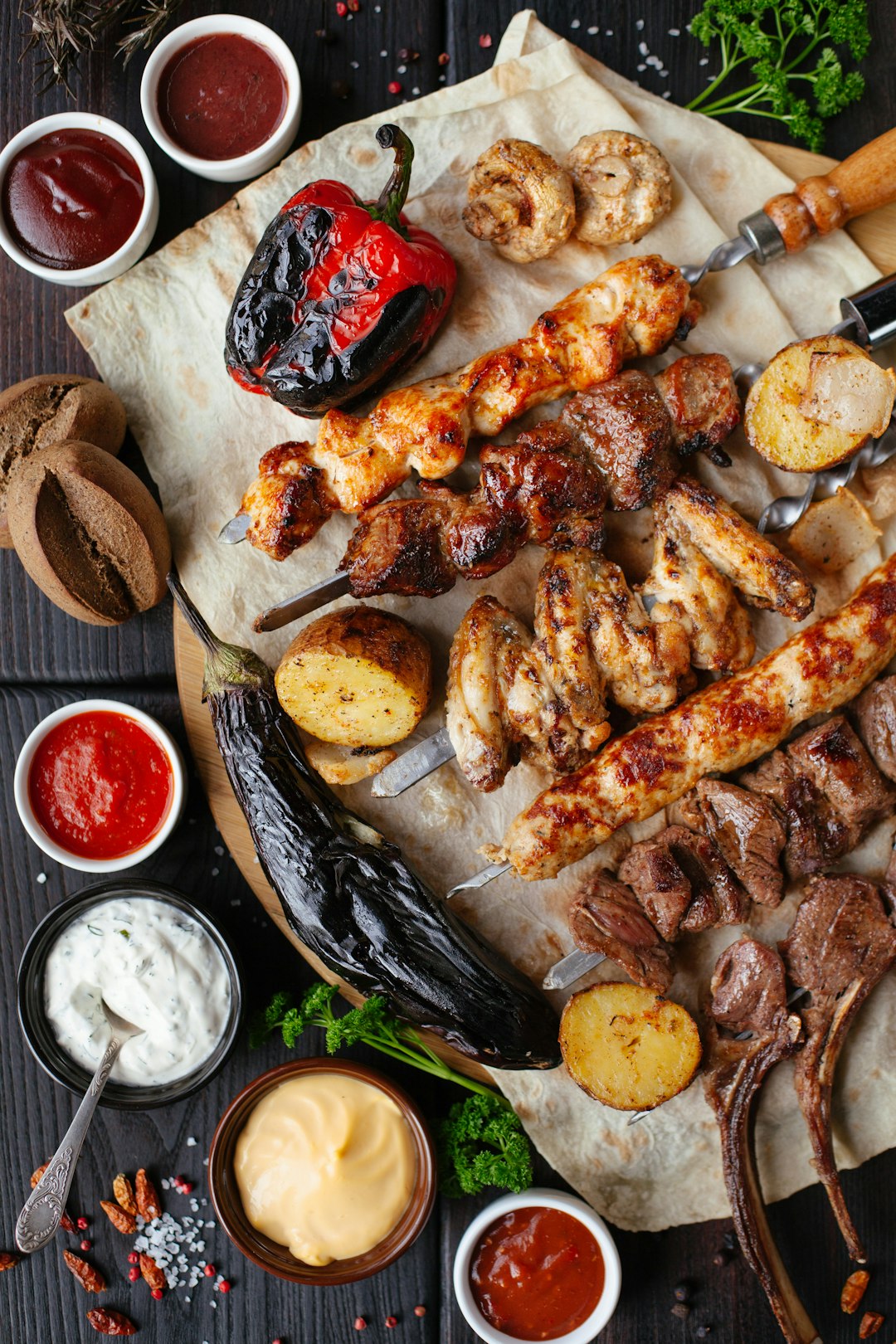
When starting out with your first smoked BBQ brisket recipe, selecting the right cut is essential for a tender and juicy result. Look for a whole packer brisket, which is the most popular choice among beginners and seasoned pitmasters alike. This cut consists of both the lean “first cut” (point) and the fattier “flat” sections, offering a balance of flavor and texture. The packer brisket typically weighs between 10-14 pounds, providing ample meat for your first attempt at smoking.
Remember, the key to success with this smoked BBQ brisket recipe lies in slow cooking and precise temperature control. The long cooking time allows the fat to render, making the brisket incredibly tender. Whether you’re using a smoker or a grill, maintaining a consistent low heat is crucial. This process can take 12-18 hours, so be patient and prepared for a delicious, melt-in-your-mouth finish.
Seasoning 101: Rubs and Marinades
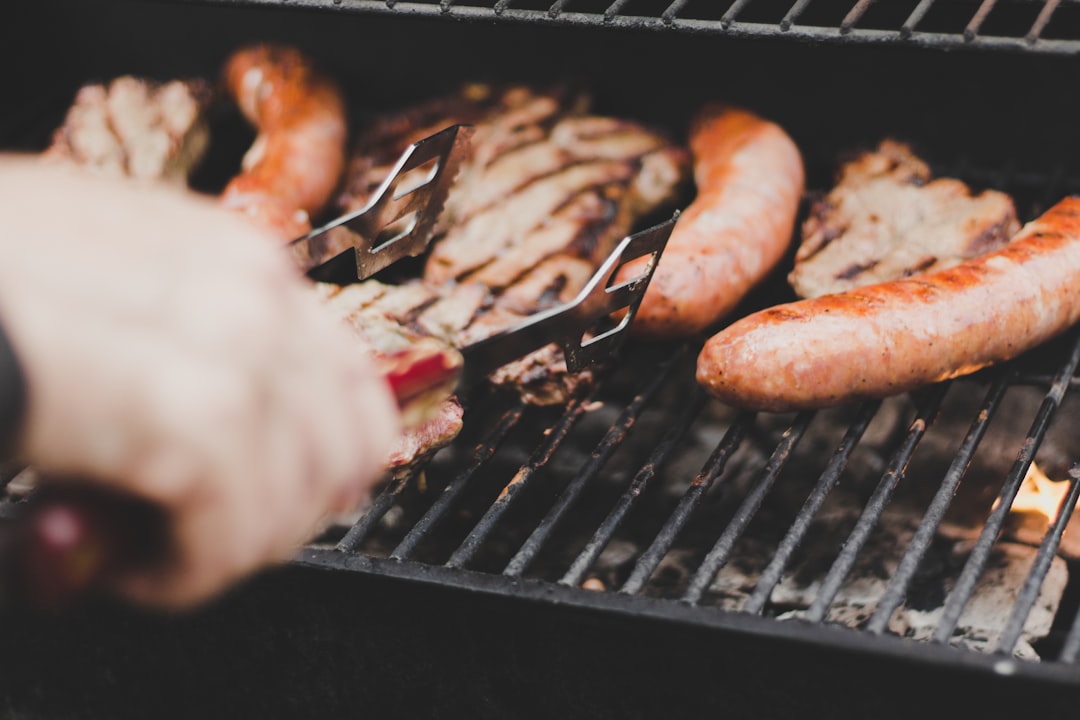
Seasoning is key when it comes to crafting a mouthwatering smoked BBQ brisket recipe, especially for beginners. A simple rub can transform this tough cut of meat into a tender, flavorful delicacy. Rubs are dry seasonings that combine spices like salt, pepper, garlic, paprika, and chili powder to create a crust that seals in moisture during the slow smoking process.
For a basic approach, a simple Texas-style rub with coarse salt and coarse black pepper is hard to beat. Alternatively, a marinade can add a whole new dimension of flavor. These wet seasonings, often based on soy sauce, vinegar, or citrus juices, penetrate the meat’s fibers, making it incredibly juicy and tender. Whether you opt for a rub or a marinade, these essential seasoning techniques will elevate your smoked BBQ brisket recipe to the next level, ensuring a delicious, smoky result every time.
Master the Smoking Technique
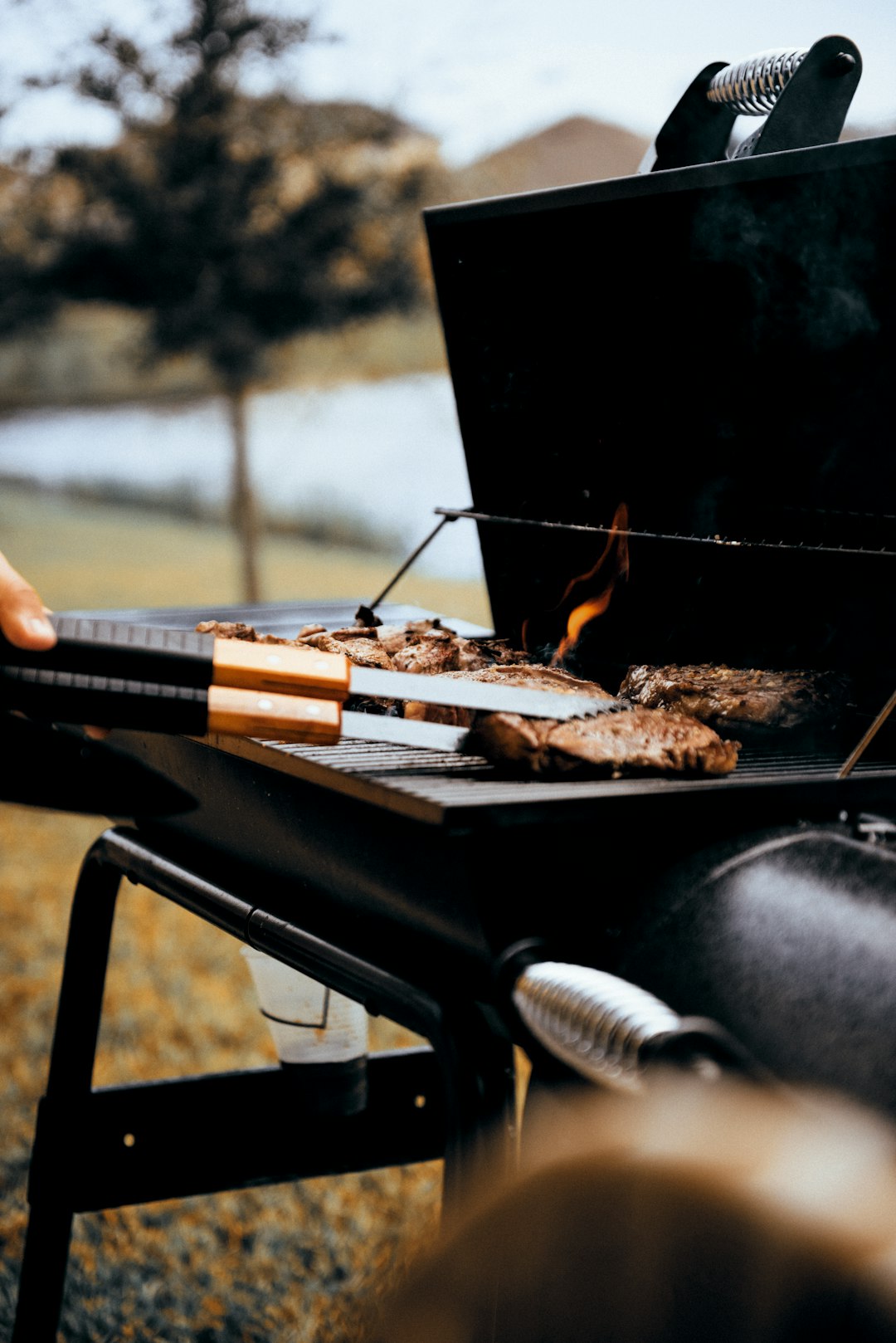
Mastering the art of smoking is key to achieving mouthwatering, tender brisket. For beginners, understanding the basics is essential. The smoking technique involves creating a slow, consistent heat source and maintaining an ideal temperature range—typically between 225°F (107°C) and 250°F (121°C). This slow cooking process infuses the meat with flavor from the smoke, resulting in a juicy, succulent brisket.
A simple way to start is by using a smoker or a grill with a smoker box attachment. Load your wood chunks or chips—such as oak, hickory, or mesquite—and let them burn until they produce a steady stream of smoke. This process requires patience, but it ensures that your smoked BBQ brisket recipe turns out perfectly every time, becoming the talk of any gathering.
Setting Up Your Smoker
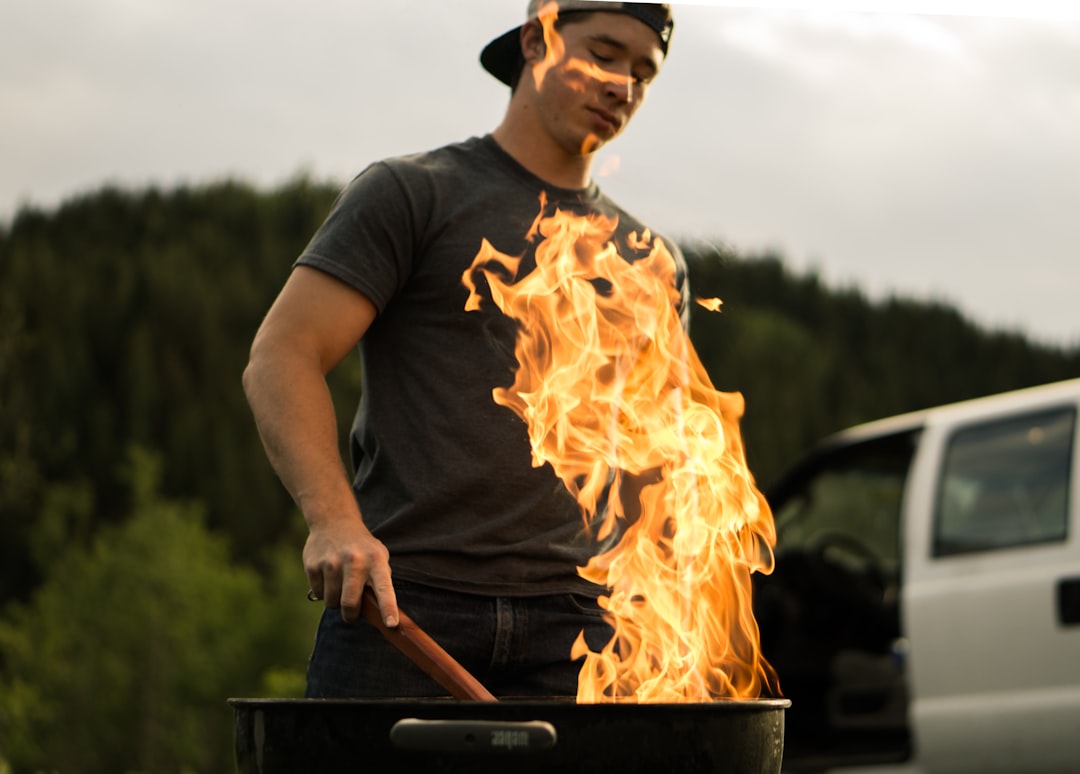
To prepare smoked brisket, the first step is setting up your smoker. For beginners, a charcoal or pellet smoker is often the best option due to their ease of use and control over temperature. Start by assembling your smoker according to the manufacturer’s instructions. Fill the smoker with your chosen fuel—charcoal briquettes or wood pellets—and preheat it to between 225°F (107°C) and 250°F (121°C). This range is ideal for slow-smoking brisket, ensuring even cooking and juicy results. Once heated, place your brisket on the smoker, fat side up, allowing the rich flavors to develop as it slowly cooks over low heat. Remember, a well-set up smoker is key to achieving that perfect smoked BBQ brisket recipe.
Cooking Time and Temperature Guide
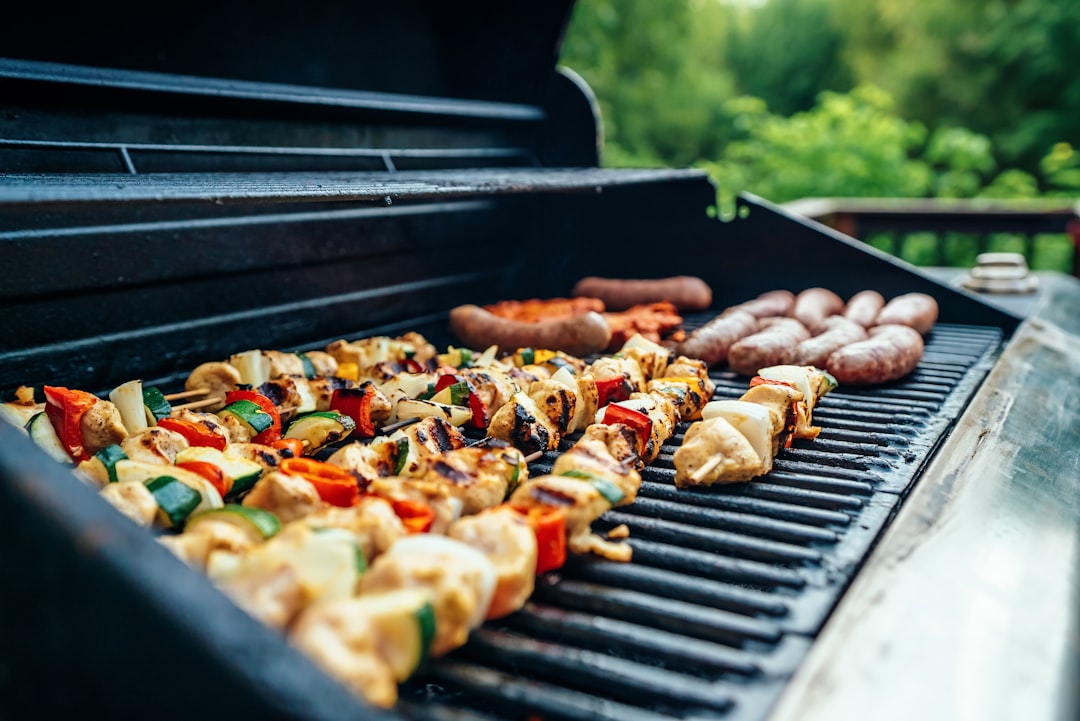
When it comes to smoking brisket, understanding the cooking time and temperature is key to achieving that perfect, tender result. As a beginner, aim for a slow and steady approach. Typically, a smoked BBQ brisket recipe involves cooking at low and consistent temperatures, around 225°F (107°C), for approximately 1 to 1.5 hours per pound of meat. This gentle process allows the collagen in the brisket to break down, resulting in a juicy and tender cut of meat.
Remember that every smoker is unique, so it’s important to monitor the temperature closely and adjust as needed. The ideal internal temperature for brisket should be around 195-205°F (91-96°C), which signals that the collagen has melted and the meat is ready to slice. With practice, you’ll get a feel for your smoker’s heat output and can fine-tune the cooking time accordingly.
Testing for Doneness
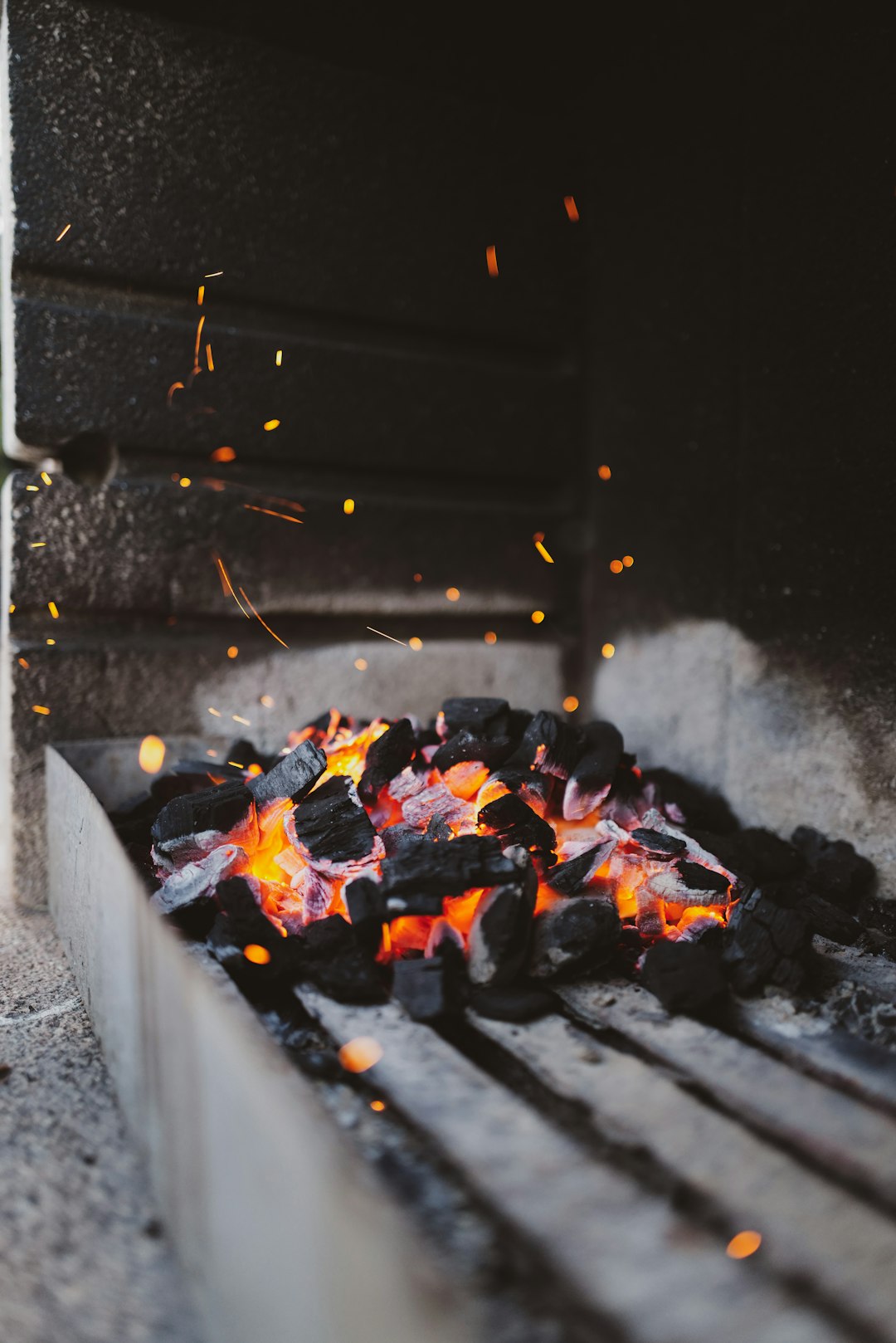
To determine if your smoked brisket is ready, invest in a meat thermometer to ensure accurate readings. The ideal internal temperature for pulled brisket is 203°F (95°C). Insert the thermometer into the thickest part of the meat, being careful not to touch any bone or fat. If it reads 203°F, your brisket is done and juicy. Remember, slow cooking allows the brisket’s natural juices to permeate every fiber, resulting in tender and flavorful pulled pork.
Once you reach the target temperature, remove the brisket from the smoker. Let it rest for at least an hour before slicing. This resting period allows the juices to redistribute, ensuring each bite is succulent and full of flavor. Properly testing for doneness ensures your smoked BBQ brisket recipe turns out perfect every time.
Slicing and Serving Tips
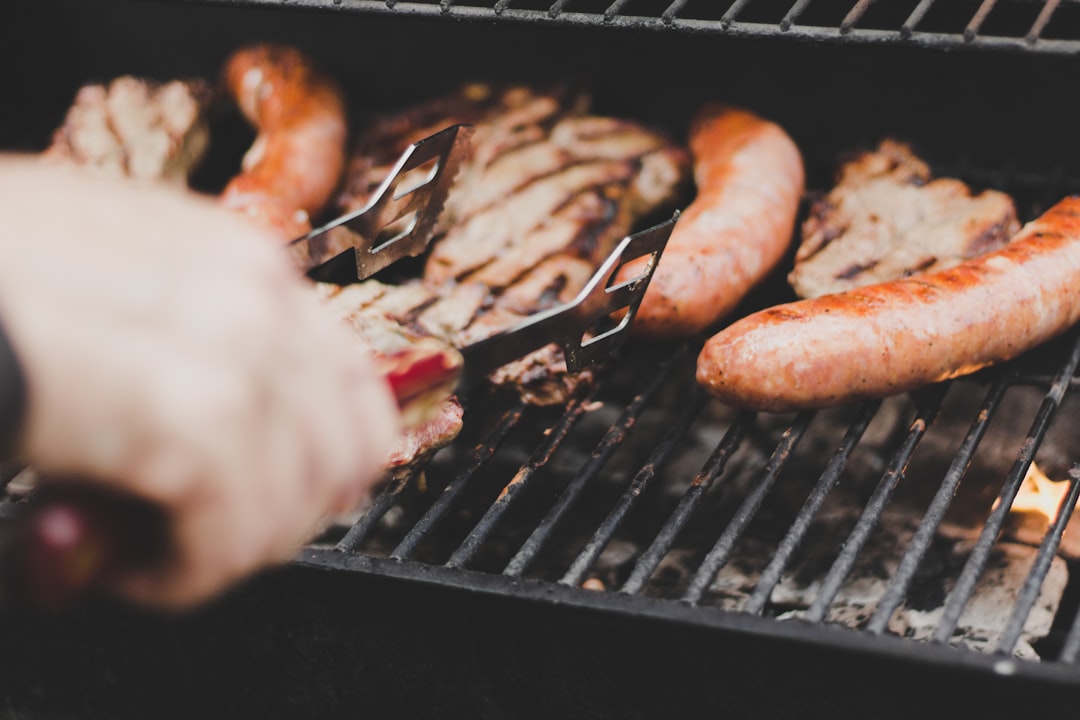
After cooking your perfect smoked BBQ brisket, it’s time to showcase its beauty and flavor with the right slicing and serving techniques. Start by letting the brisket rest for about 30 minutes before slicing. This allows the juices to redistribute, ensuring a moist and tender result. Using a sharp knife, slice the brisket thinly against the grain. Cutting against the grain means you’re cutting perpendicular to how the muscle fibers run, resulting in more manageable slices that melt in your mouth.
For an authentic presentation, pair your smoked brisket with classic sides like coleslaw, potato salad, or barbecue sauce on the side. You can also offer a variety of sauces for guests to customize their taste. Slicing the brisket into thin pieces and serving it generously will impress beginners and BBQ enthusiasts alike, making it the star of any gathering.
